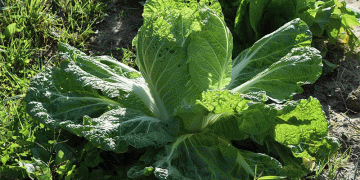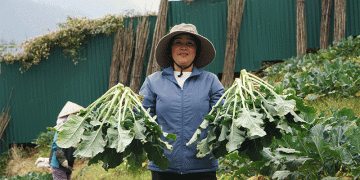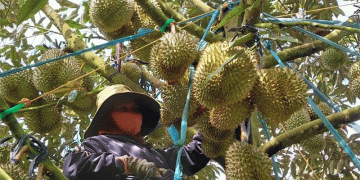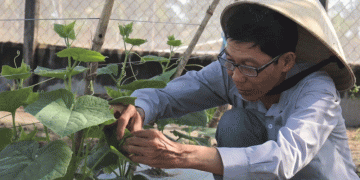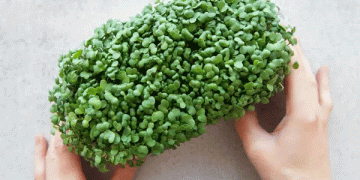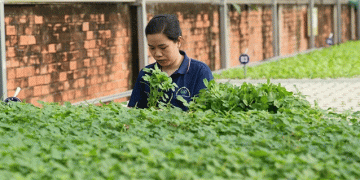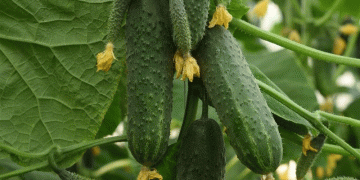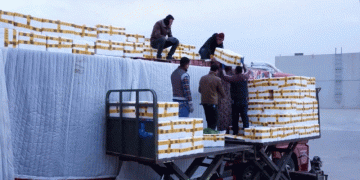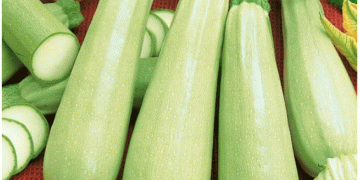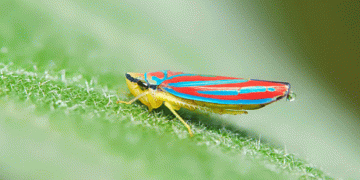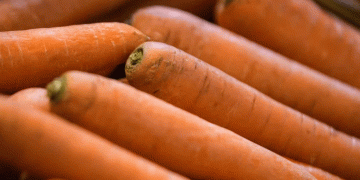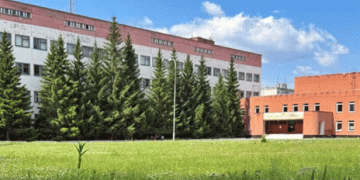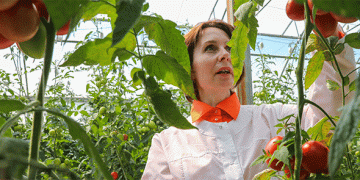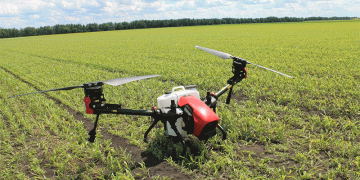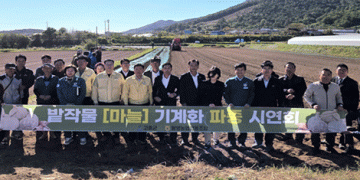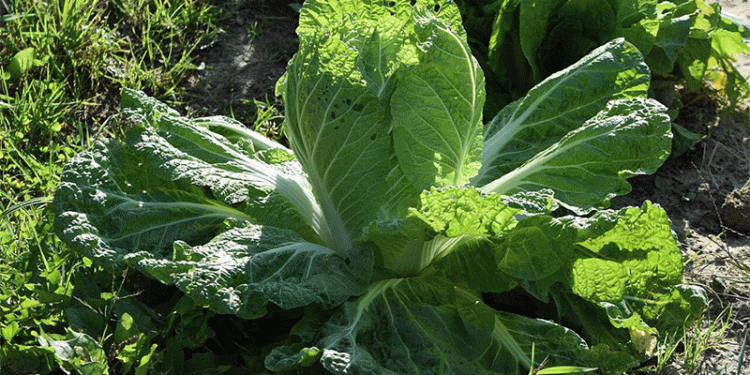Peking cabbage (Brassica rapa subsp. pekinensis) is a highly productive and fast-maturing crop, making it ideal for successive planting within a single growing season. With proper techniques, farmers can achieve two harvests—ensuring a steady supply of fresh cabbage from summer through November.
Why Peking Cabbage is Perfect for Double Cropping
Peking cabbage has a short growing cycle, typically maturing in 45–60 days, depending on the variety and conditions. This allows for two full planting cycles in most temperate climates. According to a 2023 FAO report, well-managed double-cropping systems can increase total yield by 30–50% compared to single-season planting.
Critical Factor: Managing Daylight to Prevent Bolting
The biggest challenge in growing Peking cabbage is bolting (premature flowering), which ruins the crop’s marketability. Bolting is triggered by long daylight hours (over 13–14 hours) and temperature fluctuations. Research from Wageningen University (2024) confirms that restricting light exposure to 10–12 hours during early growth significantly reduces bolting risk.
Practical Solutions:
- Plant at the Right Time:
- First crop: Early spring (before days lengthen).
- Second crop: Late summer (as daylight decreases).
- Use Shade Nets (30–50% shading) to artificially shorten daylight if needed.
- Choose Bolt-Resistant Varieties like “Mirako” or “Napa King,” which tolerate slightly longer days.
Soil and Nutrient Requirements
Peking cabbage thrives in well-drained, fertile soils with a pH of 6.0–7.5. A 2024 study in Agronomy Journal found that balanced nitrogen (N) and potassium (K) applications increase head firmness and weight. Recommended fertilization:
- Pre-planting: 25–30 tons/ha compost + 80 kg/ha N.
- Top-dressing (3 weeks after planting): 50 kg/ha N + 60 kg/ha K₂O.
Pest and Disease Management
Common threats include aphids, flea beetles, and clubroot. Integrated Pest Management (IPM) strategies, such as floating row covers and biopesticides (e.g., Beauveria bassiana), reduce chemical dependency. The European Plant Protection Organization (EPPO) reports a 20% higher marketable yield in IPM-adopted fields.
By optimizing planting schedules, light exposure, and nutrient management, farmers can successfully grow Peking cabbage twice per season—extending fresh supply into late autumn. Bolt-resistant varieties and precision agronomy further enhance profitability. With global demand for leafy vegetables rising (projected 5.2% CAGR by 2027, Statista), double-cropping offers a smart solution for high-efficiency production.
